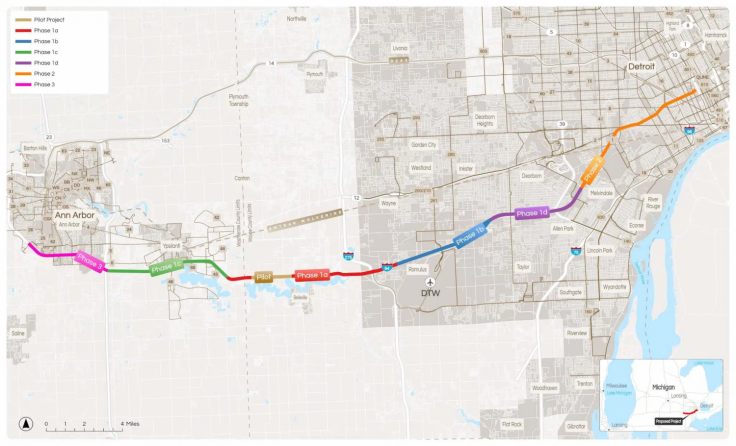Michigan is now posing to build the nation's first smart highway to help relieve traffic congestion and road accidents in one of the state's busiest highways.
First reported by Axios, the Michigan Department of Transportation announced its partnership with Alphabet-backed Cavnue to upgrade the three-mile stretch of the I-94 highway.

The interstate highway is planned to be equipped with high-tech trackers to provide real-time data to both the traffic management agency and smart cars with connectivity features.
Among these features are AI-powered cameras posted in every highway section analyzing for potential road hazards and other possible causes of traffic slowdowns.
If the project proves to be successful, the state intends to bring the upgrades on the whole 40-mile stretch of the intersection highway connecting Detroit and Ann Arbor.

Michigan DOT Reinvents Streets for Faster Travel
This was not the first time Michigan was reported for leading traffic resolution efforts across its city highways, interstates, and transportation routes.
Detroit earlier unveiled the country's first wireless EV charging roads as the state pushes its transition towards zero-carbon emission highways by 2040.
The state has also invested millions of dollars to upgrade several aging roads across a five-mile stretch connecting Allen Park and Dearborn in Wayne County to "directly and indirectly support 220 jobs."
Related Article : Detroit Installs Electric Car Charging Tech on the Street
More Smart Highways in the Future
While Michigan is posing to launch its smart highway first, it is not the only state looking to convert its major roads into smarter and more efficient traffic corridors.
Cavnue has earlier announced collaborations with Texas' local government to upgrade a 21-mile segment of State Highway 130 as part of its "Smart Freight Corridor" pilot project.

According to the project's description, at least 65% of all US freight trucks travel through this highway to deliver produce and export materials. The truck and freight volume is expected to balloon by 50% from 2016 to 2045.
The project is touted as part of a much bigger goal to convert its interstate routes inside the so-called "Texas Triangle" to "optimizing their performance and enhancing safety for all Texans."









